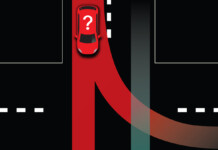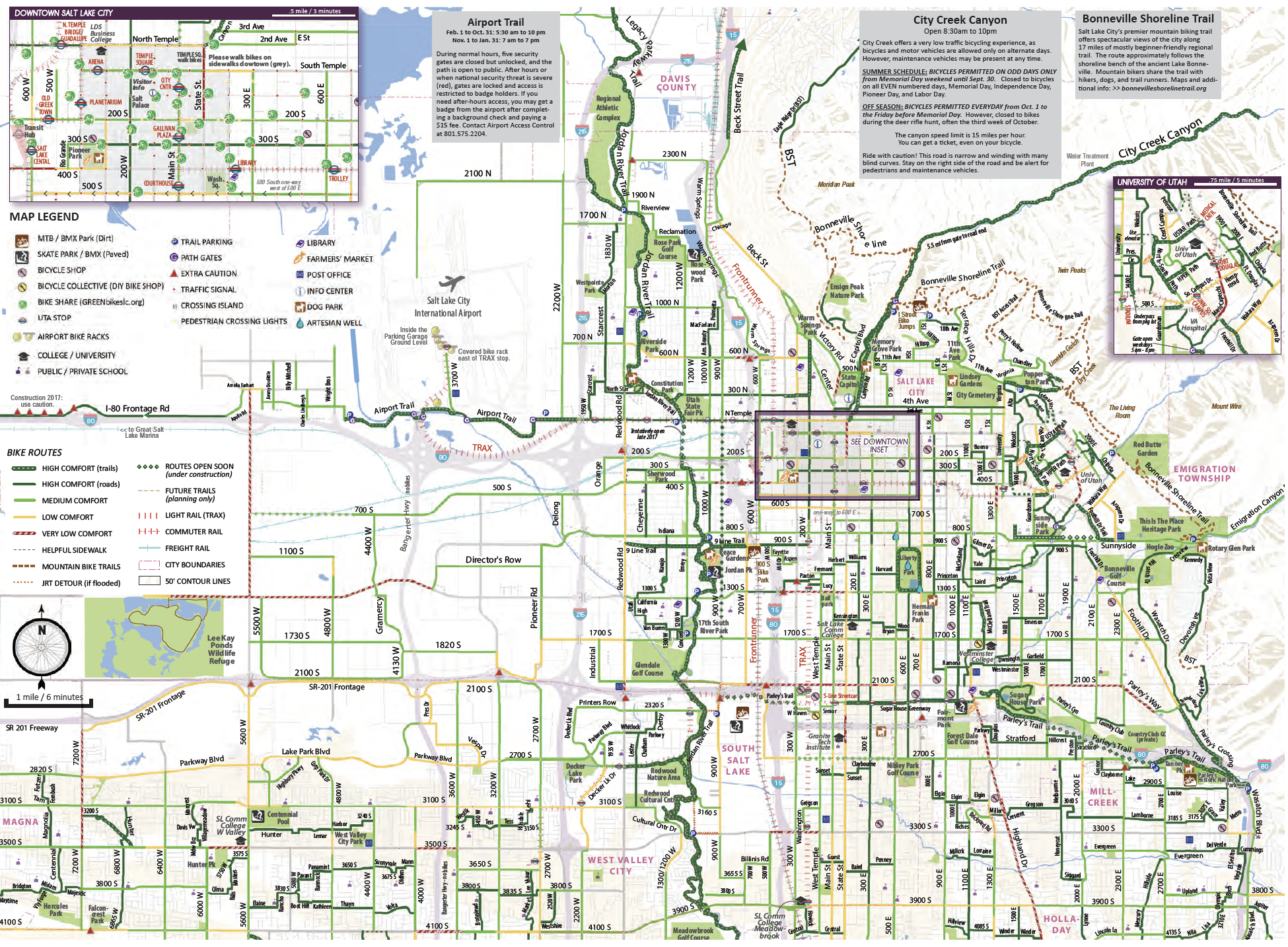By Russ Hymas and Ken Christensen — A car veers into the bike lane in front of you, forcing you to lay down your bicycle. And in a very literal sense, the driver adds insult to injury by speeding away. In any case, this would lead to extreme frustration for any cyclist. But what if you are seriously hurt and forced to seek medical aid, and then end up with overwhelming bills and long-term injuries? What if the culprit is never found? Who pays for your medical bills, lost wages, damaged bike, and other out-of-pocket expenses? The surprising answers often lie within your own car insurance policy.

For purposes of this article, we’ll discuss the two most common scenarios: first, a collision caused by someone who makes contact with the cyclist and then hurries away (hit-and-run collision); and second, a collision that is caused without any contact between the at-fault vehicle and the cyclist (phantom vehicle).
Hit-and-Run
Hit-and-run accidents occur when a party responsible for a collision leaves the scene of the accident. These accidents can involve motorists, bicycles, motorcycles and pedestrians. Though blatantly criminal in nature, hit-and-run accidents have been steadily increasing since 2003. According to the National Highway Traffic Safety Administration, one in five pedestrians killed are victims of hit-and-run accidents.
The increasing numbers can be attributed to many factors. A recent study suggests that the surge of hit-and-run accidents is likely due to an increased number of unlicensed drivers on the road, as well as drivers who are under the influence – many of these drivers seem more concerned about the possibility of charges for their actions than the well-being of any individuals that may have suffered injuries as a result of their carelessness.
Some motorists drive away, never to be found, but sometimes the driver stops for a moment to see if the cyclist is alright. If this happens to you, you should call the police and file a report, but at a minimum do not let the motorist leave without taking a picture of their license plate, insurance card, and driver’s license. If you don’t, and later discover injuries or damage to your bike, you will have to make an uninsured claim under your personal car insurance.
Phantom Vehicles
Phantom vehicles are unidentified vehicles that leave the scene of an accident in which they were involved. A phantom vehicle does not need to make contact with another vehicle for the driver to be held responsible for careless actions. However, the phantom vehicle driver’s actions must be corroborated by something other than the victim’s account. Evidence left at the scene by the phantom vehicle or eyewitness testimony can be used to support the cyclist’s claims.
These accidents fall under the same coverage as hit-and-run accidents and are treated as such. Phantom vehicle drivers may not be as nefarious as hit-and-run drivers; in fact, they may simply not notice what their actions have caused. This, however, does not excuse their carelessness. If the driver of a phantom vehicle is identified and found, he/she may still be charged with negligent driving and will be held responsible for his/her actions.
In the case of either a hit-and-run or a phantom vehicle accident, the police and insurance company representatives will try to identify the responsible parties. However, if the at-fault driver is never discovered, the driver will be treated as an “uninsured motorist” and you will be able to make a claim for damages under the UM coverage of your own automobile policy – even though you were on your bike when the accident took place. With hit-and-run collisions and phantom vehicle incidents on the rise, it is more important than ever that cyclists carry maximum levels of UM coverage (We recommend $250,000 coverage).
Case Study: A poignant example of a hit-and-run bicycle accident happened in Salt Lake City a few years ago. While riding a bicycle on a busy road, a female cyclist was cut off by a car that made a quick right turn in front of her, leaving the cyclist no warning and the victim of a collision. After the motorist realized what had happened, he/she fled the scene, leaving the injured woman on the road. The injuries suffered by the cyclist included broken vertebra in the neck, a broken clavicle, and a concussion. Due to the extensive injuries, the cyclist lost eight weeks of wages from work. The driver of the car was never identified or brought to justice. Luckily, the cyclist had UM coverage, which paid her medical bills, lost wages, and compensation for pain and suffering. Had she waived this coverage, the bills would have been placed squarely on her shoulders and her time lost from work would not have been recoverable.
5 Things You Should Do After a Hit & Run Accident:
- Immediately file a police report – the insurance company requires proof beyond your own statement that the accident occurred due to no fault of your own.
- Identify all witnesses – do everything you can to get the name and phone number of anyone who may have witnessed the accident or its aftermath. Request copies of the 911 calls. Often witnesses call 911, but do not stop and wait at the scene.
- Take photographs / video – take photos of the accident scene, your injuries and your bike. The more proof of the accident the better. Video of the collision (or near-collision) taken from a camera on your person or bicycle can be extremely beneficial, for obvious reasons.
- Get medical treatment – even though you weren’t in a car, your own car insurance policy has $3,000 no-fault personal injury protection coverage available for medical care, so do not hesitate to see a doctor and document your injuries.
- Make an insurance claim – you should contact your auto insurance company as soon as possible. This will allow you to use the $3,000 for medical treatment and it will help protect your case if the hit-and-run driver is never found.
So if you’ve been involved in an accident due to a phantom vehicle or hit-and-run driver, all is not lost as long as you have the right car insurance coverage. That being said, we want to keep these dangerous drivers off our roads. With moral integrity seemingly on the decline, bystanders and passers-by are increasingly important in ensuring that guilty parties do not go unpunished. In order to encourage eye witnesses to report these wrongful actions, our law firm offers up to $1,000 for any information leading to the arrest and felony convictions of hit-and-run drivers.
Ken Christensen and Russ Hymas are avid cyclists and Utah attorneys at UtahBicycleLawyers.com. Their legal practice is devoted to helping cyclists injured in collisions with motor vehicles. They are authors of the Utah Bicycle Accident Handbook and are nationally recognized legal experts on cycling laws and safety.












Hit and run scenarios can even involved unsupervised pets taking chase to cyclist 1on1. Another possibility of this can even play out where cyclist reacts to canine taking chase then swerves in a fright to avoid canine. If this is a group ride, swerving Cyclist most likely will collide with another cyclist causing domino affect.
I am involved with first scenario, but have witnessed the latter on group ride. Unsupervised pets is a growing issue in SC. Unfortunately, many pets are put down due to owner negligence to be good-standing pet owners. The wrong offender is put down.
Comments are closed.